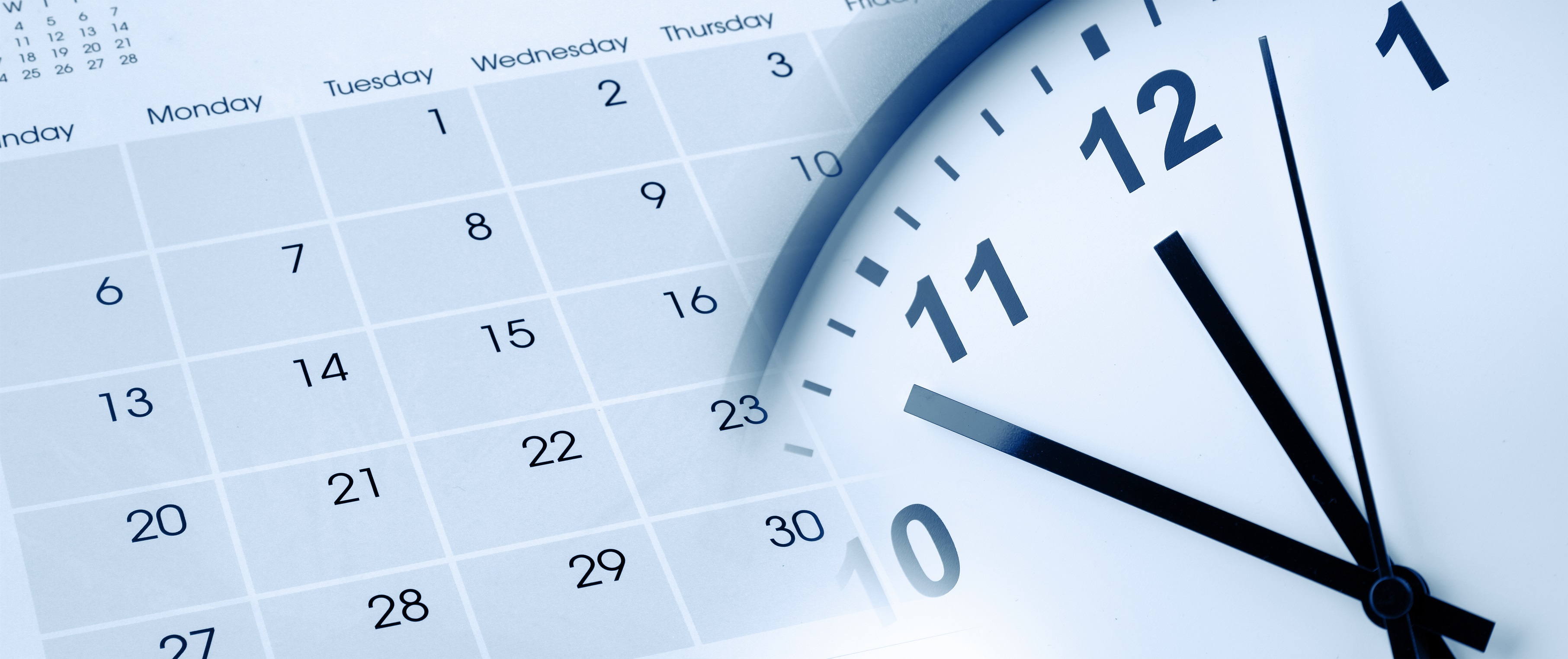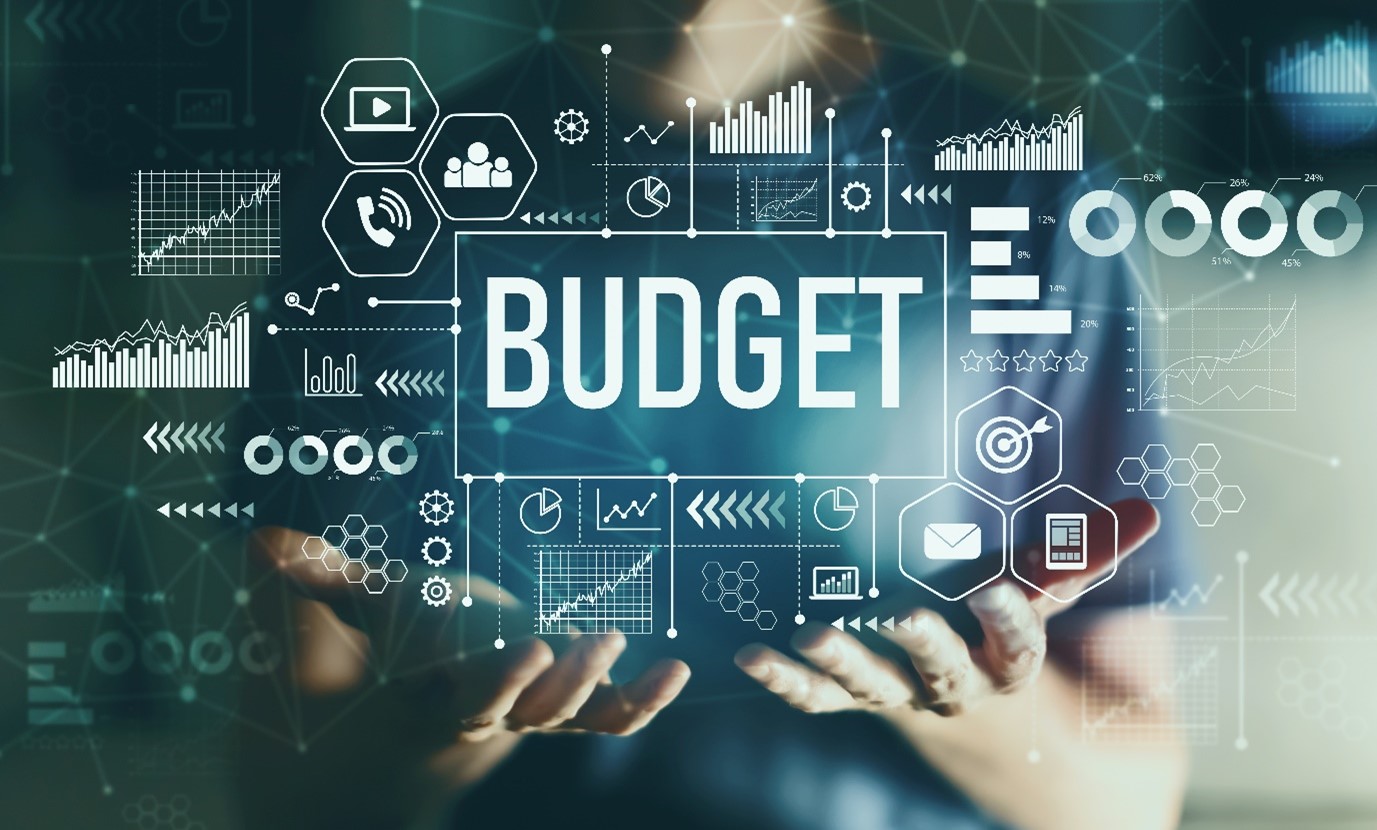On Monday, Treasurer the Hon Josh Frydenberg MP launched the Fifth Intergenerational Report (IGR), an ambitious document seeking to examine and project Australia’s economic future over the next forty years.
Since 2002, the Commonwealth has produced such a report every five years, providing an unparalleled insight into Treasury’s planning and projection processes.
The team at Nexus has combed through press releases and the 200-page report to summarise its key findings and discuss the various reactions the IGR has generated in the political sphere.
THE DEMOGRAPHICS OF AN AGING POPULATION
“… for the first time in an intergenerational report, the population projection is being revised down.” – IGR 2021
Decreased fertility rates, lower migration and longer life expectancies contribute to an older Australia. By the year 2060, Australia will have:
- 9 million people over 65 years old, 23% of the population
- 9 million people aged over 85, triple 2021’s figures.
- 40,900 centenarians.
The pandemic has led to a revised demographic estimate from the last intergenerational report, indicating the fragility of estimates when confronted by ‘Black Swan Events’ – significant, unpredictable and world-spanning events that no amount of planning can mitigate.
Despite speculation early in the pandemic that COVID lockdowns may induce a new baby boom, studies have so far shown the opposite impact.
As the Treasurer stated,
“The most enduring economic effect of COVID-19 is likely to be a smaller overall population.”
The report notes that short term fertility rates have declined, with the projected fertility rate declining to 1.58 babies per woman to 2022 due to continued economic uncertainty. After a modest increase in the mid-20s, the fertility rate is assumed to remain at 1.62 babies per woman until 2060-61.
Migration is set to dip before it climbs to a record high. In 2021, 97,000 people will leave Australia, followed by 77,000 in 2022. After this, net migration is predicted to remain steady at 235,000 people settling in Australia each year. More so than other aspects of this report, migration is highly sensitive to changes in Government policies. Because population and productivity are so heavily tied to migration, an extreme change in immigration policies by a future government could challenge the veracity of 2021’s IGR.
The double-edged sword of increasing lifespans, decreasing birth rates and steady migration will continue to shape demographic trends into the 21st Century, with the report suggesting “Population ageing will present economic and fiscal challenges “.
SLOWER ECONOMIC GROWTH
“The Australian economy is projected to grow at a slower pace over the next 40 years than it has over the past 40 years, though growth per person is projected to be closer to historical averages.” – IGR 2021
Australia’s economy is projected to grow by a factor of two and a half by 2060 compared to today.
It is estimated to increase at an average annual rate of 1.5 per cent, compared with 1.6 per cent over the last 40 years. This is assuming that productivity growth will maintain its 30-year average of 1.5 per cent.
To achieve this, Australia must increase its productivity performance by 1.2 per cent over the most recent cycle. This is to be accomplished through:
- Further investments in skills and infrastructure
- The digital transformation of the global and domestic economies,
- Reforms generating red tape reduction,
- More flexible workplaces,
- Increased business investment; and
- A more efficient tax system.
The report stresses that there is no alternative to economic reform to generate more employment opportunities, higher wages and increases in living standards.
THE LONG ROAD TO BUDGET SURPLUS
“Growing the economy is Australia’s pathway to Budget repair, not austerity or higher taxes. Only by growing the economy can we continue to guarantee the essential services Australians rely on.” – Federal Treasurer Josh Frydenberg
Long term projections indicate Australia’s budget will continue to face challenges in the coming half-century.
Before the pandemic, analysts were optimistic that Australia could return to surplus for an extended period. With recent and unprecedented expenditure in health and economic relief programs, Australia is predicted to be in debt equal to 2.3% of GDP by 2060. This follows a high of 7.8% this year and a low of 0.7% in 2036.
While fiscal management remains relevant in Australian politics – particularly an emphasis on budgetary surpluses – the Intergenerational Report stresses that Australia will manage its debt well into the future relative to other advanced economies.
The Hon Josh Frydenberg MP noted that.
“Even allowing for the demographic headwinds, our debt levels remain low by international standards and relatively stable over the projection period.”
Whether the opposition can use these projections for political advantage remains to be seen with an election looming.
REACTIONS
With eight years of government under the Coalitions belt, the 2021 Intergeneration Report is seen to reflect their stewardship over Australia.
The Shadow Treasurer, the Hon Jim Chalmers MP, has taken aim at the Morrison Government, stating on Tuesday:
“This Intergenerational Report paints a disturbing picture of an economy smaller than expected, growing slower than before and saddled with at least four more decades of debt and deficits”.
He argues that the slower economic growth projections are a “stunning admission of failure”, calling the “long shadow” of the Morrison government out of touch to “the reality of stagnant living standards for working families”.
The Consumers Health Forum took a more moderate stance, using the report to suggest that health spending should be ramped up in the short term to better manage long-term demand. Their CEO, Leanne Wells, stated that.
“The 2021 IGR provides an ideal opportunity to consider where we need to invest for sustainable health and related care that will deliver healthy bonuses into the future and reduce pressure on health and hospital budgets.”, noting that “…measures promoting self-care including social prescribing and improved health literacy – sometimes seen as soft policy options – can reduce demand for expensive treatment options.”
The IGR clearly suggests that an aging population will burden Australians in the future. This assertion has received backlash from some social advocacy groups, such as the National Seniors Australia organisation. Their media release calls for a “glass half full, not half empty” approach. They note that the increase in self-funded retirees alleviates government expenditure to support the elderly, while the growing age care sector is to provide almost 1.0 million jobs by 2050. Whether it is seen as a challenge or an opportunity, Australia will continue to see demographics transform the forward economic outlook.
While government policy has doubtlessly impacted forward estimates, Australia remains sensitive to the global market and global crises such as COVID-19 or the 2008 financial collapse. The actual state of Australia in 2060 is still uncertain and subject to the positive and negative turns of fortune.
Regardless, the IGR 2021 has provided a peek at what might be, equipping policymakers, business and other stakeholders with the knowledge to better steer the nation.
IN CASE YOU MISSED IT
On Tuesday, the AEC announced the finalised plans for federal redistribution in Victoria. VIC voters will soon welcome a new electorate to account for Melbourne’s high population growth.
The electorate of Hawke – named in honour of The Hon. Robert James Lee Hawke AC, Prime Minister of Australia from 1983 to 1991 – will be centred on the localities of Bacchus Marsh, Ballan, Melton, and Sunbury in the local government areas of Hume City, Melton City and Moorabool Shire Councils. It will bring Victoria’s representation in the lower house from 38 to 39.
When the plan was still in development in March, Antony Green estimated a margin of 10.0% ALP for the brand-new seat – Fittingly for a division named Hawke.
Along with Hawke, the electorate of Corangamite has been renamed Tucker to avoid geographic confusion. The seat commemorates Margaret (Lilardia) Elizabeth Tucker MBE (1904–1996), an inspirational advocate for first nations people in Australia.
Latest posts by Nexus APAC (see all)
- United Kingdom General Election 2024: An Overview - April 15, 2024
- Australian Voters Go to the Polls - February 26, 2024
- Secretaries of Federal Departments – An Overview - February 1, 2024



